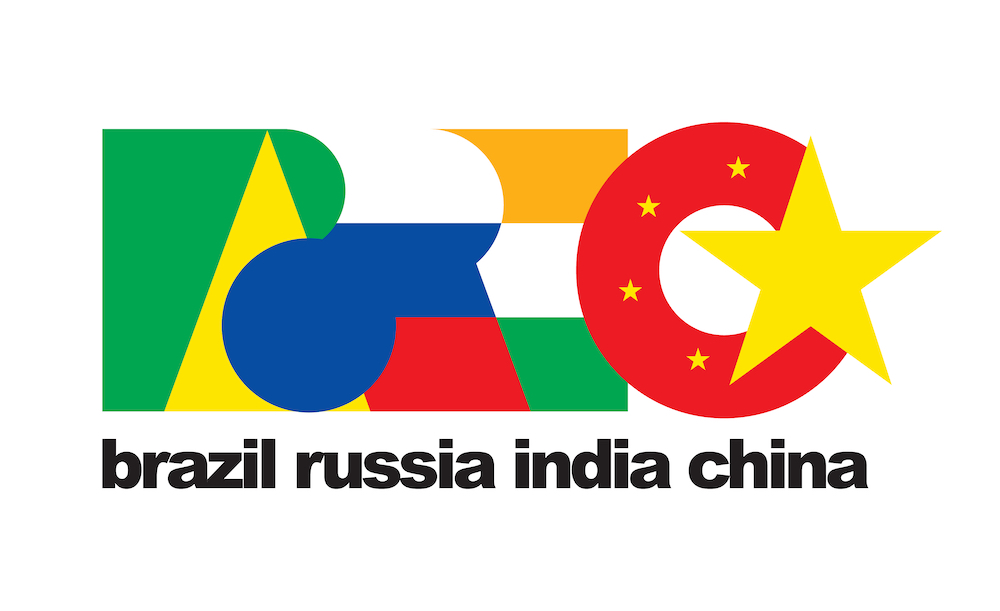Back in 2005, global investing was all the rage.
International markets offered the promise of faster growth, greater profits and lower portfolio volatility through diversification. These benefits made global investing seem like the ultimate free lunch.
BRIC investing was the perfect example…
In 2001, Jim O’Neill, the chief economist of Goldman Sachs at the time, coined the term BRIC – an acronym for the rapidly growing economies of Brazil, Russia, India and China.
O’Neill predicted that, by 2040, the BRIC would be larger than the world’s most developed economies.
His prediction seemed reasonable back then.
After all, the BRIC countries accounted for 40% of the world’s population and 25% of its landmass.
The economies got off to a strong start. In the decade following O’Neill’s prediction, the BRIC countries grew from 20% of global GDP to 30%.
Then the BRIC story went off the rails.
By the end of 2018, Russia’s and Brazil’s economies were 23.2% and 26.9% smaller than they were in 2011. Likewise, India’s reforms fell short of lofty expectations.
Only the Chinese economy continued to expand, albeit at a slower pace.
Russia’s invasion of Ukraine in February wiped Russia off investors’ maps and signaled the final death knell for the BRIC acronym.
In the meantime, BRIC investors got their heads handed to them.
Goldman Sachs shuttered its BRIC investment fund in 2015 after the fund lost a whopping 88% from its peak.
Even investments in China turned out to be dead money.
As I write, the iShares China Large-Cap ETF (NYSE: FXI) trades at the same level it did in November 2006.
Developed global markets didn’t fare much better.
The iShares MSCI EAFE ETF (NYSE: EFA) – an index of top stocks from developed nations outside the U.S. – is trading below the peak it reached in January 2006.
By comparison, the S&P 500 has more than tripled over the same period.
What Happened to Global Stocks?
I see three reasons global stocks have become such lousy investments over the past decade or so…
No. 1: It has been much harder for emerging markets to catch up to developed markets than investors expected.
The exceptions to this rule are few and far between.
In 2017, the FTSE Russell upgraded Poland from an emerging market to a developed market. Poland was the first country to make that transition in nearly a decade.
Other success stories are hard to find. And those that do exist are often too small to matter.
No. 2: The global economy has shifted away from commodities to technology.
In the not-so-distant past, commodities were king. But the shift toward technology has made commodity-focused emerging markets far less attractive to today’s investors.
In 2007, Chinese oil company PetroChina briefly reached a market cap of $1 trillion.
Today, its market value has tumbled to $139 billion.
As recently as 2012, analysts predicted that Russian gas giant Gazprom would become the world’s next trillion-dollar company.
Today it would be about one-tenth that… assuming you could buy it.
Instead, it was the U.S. tech giants that penetrated the $1 trillion market cap ceiling.
No. 3: Silicon Valley’s tech giants have changed the definition of globalization in both real and financial economies.
Let’s start with Big Tech’s cultural impact. It’s far more than a U.S. phenomenon.
Facebook has 2.9 billion monthly active users, with two-thirds logging on daily. Google accounts for 92.5% of the search engine market. The Apple iPhone has more than 1 billion users. You can watch Netflix’s latest hit whether you live in Stockholm, Santiago or San Francisco.
Silicon Valley’s tech giants have an immense impact on the daily lives of billions of people across the globe. That impact has influenced the real-world economy as well.
Take Budapest, Hungary, for example.
Behind the Iron Curtain just over 30 years ago, the Hungarian capital today boasts Silicon Valley-style Google offices. Many Netflix (Nasdaq: NFLX) productions are filmed there. Airbnb (Nasdaq: ABNB) has spawned a cottage industry of local real estate investors.
Even Wall Street is in on the game, with Morgan Stanley (NYSE: MS) boasting a staff of more than 2,000 in its Budapest office.
College graduates in this formerly communist country can work for the world’s most prestigious companies – and earn high salaries – without trekking to American metropolises like Silicon Valley, Hollywood or New York City.
Repeat this story across dozens of emerging markets, and you can see how U.S. tech firms have reshaped the world. In doing so, they have also rewritten the rules of global investing.
Today, the top five U.S. tech giants have a combined market cap of $7.6 trillion.
That’s more than the $6.47 trillion market cap of the entire MSCI Emerging Markets Index! (That includes all of China.)
It also means that if you are Brazilian, Russian or Indonesian, your pension fund likely has a far more significant stake in Microsoft (Nasdaq: MSFT) or Meta Platforms (Nasdaq: META) than your local oil or telecom company.
The Future of Global Investing
What does all this mean for global investing in the decade ahead?
On the one hand, my contrarian instincts tell me now is the perfect time to buy global stocks after such a long period of underperformance. Conversely, U.S. tech stocks should lag after such an astonishing run.
On the other hand, the world has changed remarkably over the past 15 years. This change has upended the rules of how people outside the U.S. live and invest.
That change, in turn, may relegate global stocks to the investment minor leagues for good.
Global investing pioneer Sir John Templeton often cautioned, “The four most dangerous words in investing are ‘this time it’s different.’”
Still, I’m starting to think that this time it just might be.
Good investing,
Nicholas
